For several decades now, the story of U.S. religion has been the rise of the nones—the increase in the percentage of Americans who say they don’t identify with any religion.
Since the 1970s, the religiously unaffiliated have risen from a single-digit percentage of the U.S. population to encompass more than 1 in 5 adults. That growth has been steady and substantial. Meanwhile, Christianity has fallen from upward of 90% to less than 2 in 3. But is that wave starting to crest? Like most everything else with religion and research, the answer is complicated.
Not all research organizations agree, but the data for some has seen a leveling off of the growth in religiously unaffiliated.
Complicated picture
Globally, the future appears more religious y atheism is declining, but that has not been the case in the United States. Recently, Pew Research modeled various scenarios for American religious demographics through 2070. They found the most likely outcome to be Christianity dropping below a majority in 2045 and the unaffiliated becoming the largest group by 2055. By 2070, 52% of Americans would be unaffiliated, and 35% would identify as Christian.
This scenario involves the share of Christians choosing to no longer identify as such by the time they reach 30 years old rising with each generation but preventing the retention rate from falling below 50%. This tracks with similar trajectories in Europe. Eventually, all the less religious people who previously identified as Christian have switched, and the remaining Christians are committed and more likely to raise committed Christians in the next generation.
Your tax-deductible gift helps our journalists report the truth and hold Christian leaders and organizations accountable. Give a gift of $30 or more to The Roys Report this month, and you will receive a copy of “Hurt and Healed by the Church” by Ryan George. To donate, haga clic aquí.
Some researchers have seen no brakes on the increase of the nones. The Encuesta Social General (GSS) found a 6-point jump in the percentage of Americans who said they had no religious preference from 2018 to 2021—23% to 29%.
Nones plateau?
Other studies, however, paint a different picture. Pew Research also had nones at 29% of the U.S. population in 2021 but already had the religious unaffiliated at 28% in 2019 and 2020. Greg Smith, associate director of research at Pew, said the current religious demographic numbers for Protestants, Catholics, and nones “have changed a little from year to year but are mostly stable over the last four years or so.”
Analysis of religious switching data from GSS by Ryan Burge found evangelicals have a 73% retention rate, meaning almost 3 in 4 people raised as evangelicals stay evangelical as adults. That’s below those raised Jewish (82%) but similar to Black Protestant (71%) and higher than Catholic (67%) and mainline Protestant (58%). It’s also higher than the retention rate of those raised with no religion (66%). In fact, someone raised as religiously unaffiliated is more likely to become an evangelical (16%) than an evangelical is to become a none (13%).
Much of this may be due to the growth of the religiously unaffiliated coming from those with loose ties to their faith. Analysis of GSS data from the Institute for Family Studies found that while nones have increased substantially since the 1970s, the percentage of Americans with strong religious affiliation has remained fairly steady, sliding down slightly from 40% in 1974 to 36% in 2018. The percentage with weak religious affiliation, however, dropped from 53% to 42%, indicating that the vast majority of the movement toward the nones came from the nominally religious.
Gallup also found sustained growth of nones from less than 1% in 1950 to 20% in 2017. Since that time, however, the religiously unaffiliated have plateaued. From 2017 to 2022, the percentage fluctuated between 20% and 21%. “We are not seeing the yearly increases that occurred in previous decades,” wrote Frank Newport, senior scientist at Gallup.
Newport acknowledged that Gallup also saw a similar stabilization of the growth in nones from the 1970s to early 2000s. After climbing from almost zero in the 1950s to 7% in 1977, the percentage of Americans who were religiously unaffiliated didn’t reach 10% until 2002. It doubled by 2017 before flatlining again in recent years.
The Gallup analysis also pointed out that other measures of religiosity complicate the picture. Since 2017, Gallup has found a continued decline in asistencia a la iglesia y afiliación.
“History tells us that the only constant when it comes to American religion is change,” said Newport. “But regardless of what happens in the future, one takeaway from Gallup data, I believe, is evidence that a steady, year-by-year increase in the percentage of Americans who have no religious identity is certainly not inevitable.”
This article was originally published on LifewayResearch.com.
Aaron Earls is the senior writer at Lifeway Research.
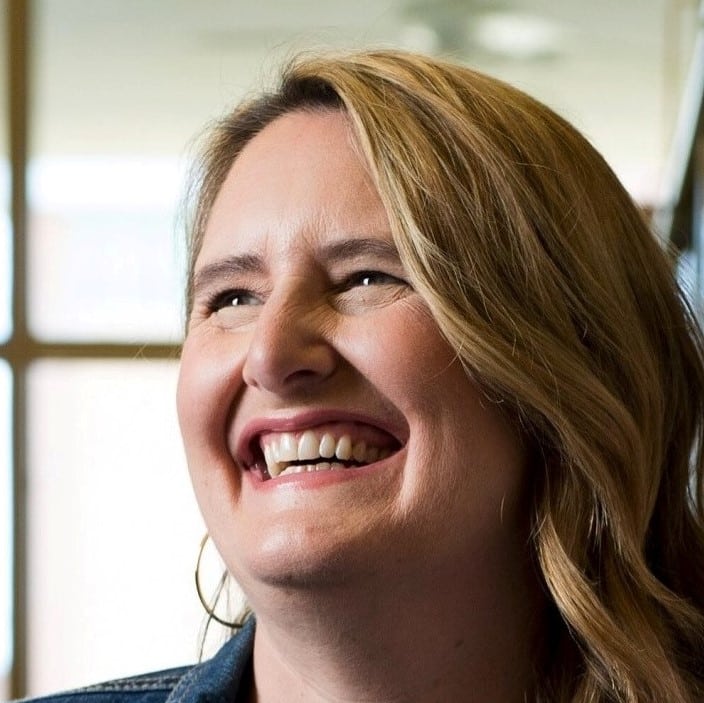
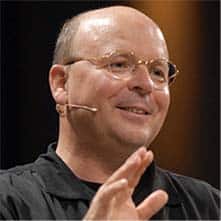




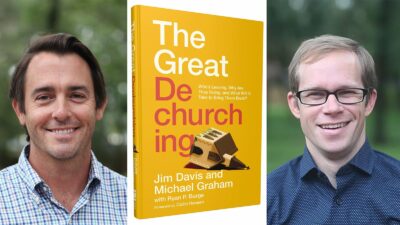

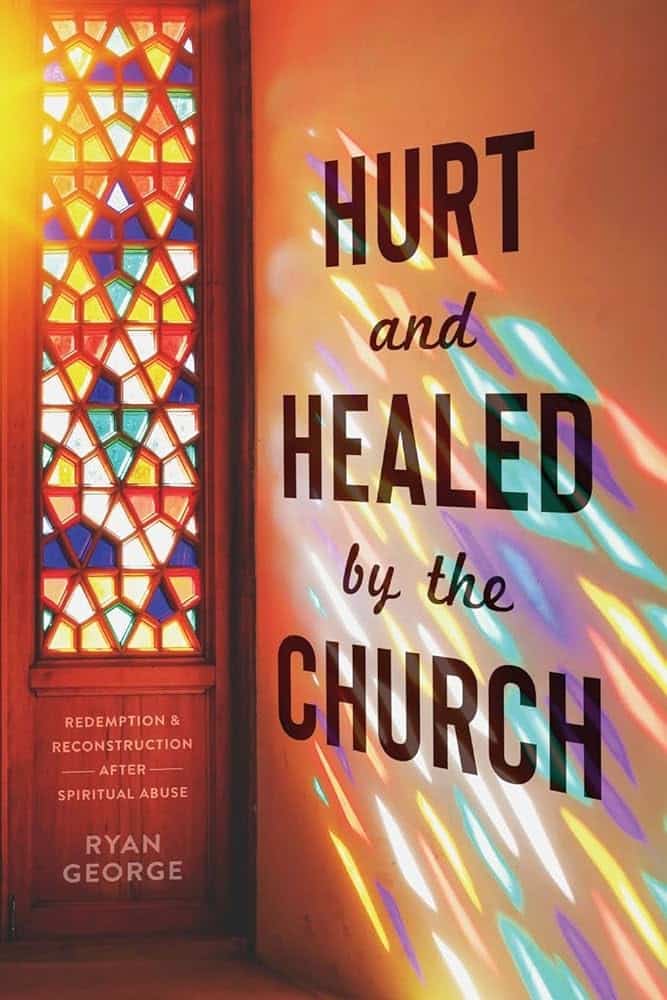




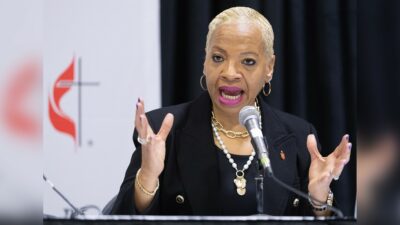






6 Respuestas
As presented in this article, the methodology does not lend itself to prediction of future trends. As what is considered is exclusively religious, and no address of what might be driving or inhibiting statistics on “nones” is presented (apart from what religion individuals are born into).
For example, the predictions as to growth in global religiosity, is crucially tied to authoritarian societal regimes. That then intersecting with commitment to democracy within the USA. The USA being ambivalent across its population, as to support for or opposition to those authoritarian regimes (abroad and at home).
If we consider what might have been, and perhaps still is driving statistical increase of “nones”, the intersection between religion and authoritarianism is foregrounded. “Nones” crucially abandoning the nominal authority of religions, and opposing the authoritarianism associated with religions globally.
Similar considerations will attach to social justice impulses within the USA. The intersection of those impulses with religiosity and authoritarianism-democracy being complex and powerfully volatile.
Again, theologically worked out frames of reference, have a selling feature in a time where complexity attaches to human affairs. But, concomitantly, that increases tensions with secular frames which want fuller consideration of the Earth side and worldly dynamics of human affairs.
Bottom line, the binary of being_religious-“nones” may not be adequate to seeing and understanding what is playing out on the ground of human affairs.
English much? (Not making fun of what you wrote; I can’t understand it.)
Each generation has it’s values and priorities so time will tell what those are for the newer generations specifically as they grow older.
I personally think it’s because Jesus is back in the picture and not the clown shows of the seventies and eighties with all its abundant greed and avarice by the televangelist and the fundamentalist and their belief, they represent God and YOU BETTER LISTEN TO ME or God will get you. And the insult to Christianity when so many prophesied trump will win and mocked Biden. I am a fan of neither. My favorite is still when baker announced that God will hold you accountable who mock his prophets. Guess what YOU AINT NO PROPHET. Also, since they love to announce God is speaking to them and God gave them a word stating they are prophets of God then let’s take them at face value. in the OT God was very specific on what to do with false prophets. Well to do my part I will rent the truck from Home Depot and provide the rocks. It’s the least I can do.
It does seem that the number of “NONES” seems to be stabilizing over the past several years.
However, the number of people in the U.S. with a biblical worldview has dropped to a mere 4% per the Baran Group. What that means is that only 10 – 15% of people at a local evangelical church have a biblical worldview.
So a large number of people at a church may say they “believe” in Jesus, but it has little impact on their daily life.
At least with the “NONES”, I know where they stand and by in large maintain their integrity.
Over the past 7 or 8 years there have been all kinds of cuckoo conspiracy theories that evangelicals have bought into or they are just in love with Dear Leader. The tracking of “NONES” does not truly reflect on ‘s overall commitment to the true Jesus.
It is just sad what has been happening in the U.S. evangelical church with an overall decline in integrity.
Gordon – how are you (or perhaps how is the Barna group) defining “biblical worldview?” Should Christians have a “biblical worldview” (whatever that means), or should Christians be Christ-like? Are those the same thing or are they each something different? Can you have one without the other?